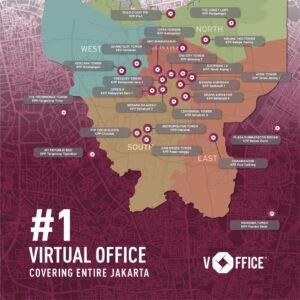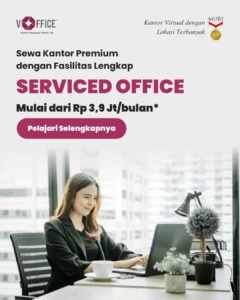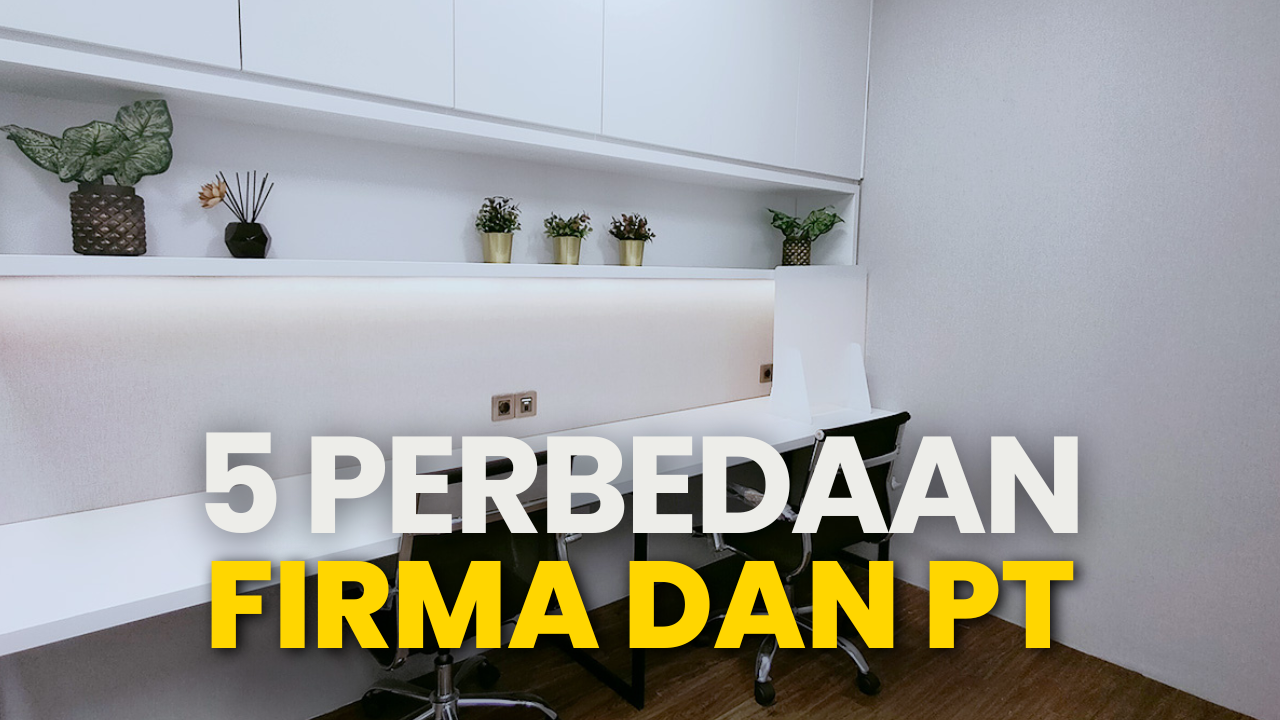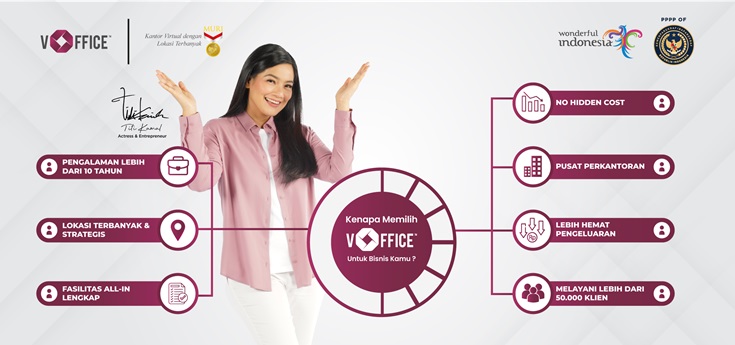Starting a business in Indonesia often involves choosing between establishing a Micro, Small, and Medium Enterprise (UMKM) or a Limited Liability Company (PT). Each has distinct characteristics, particularly in terms of capital, management, and legal protection. Understanding the differences between UMKM and PT is crucial to determining the right business structure for your needs and long-term goals.
Here are the key differences between UMKM and PT that you need to know:
Business Entity Form
UMKM is not a legal entity, meaning the business owner is fully responsible for all business risks. The lack of legal protection means the owner must be prepared to face financial and operational risks directly.
PT is a legal entity recognized by the state. This provides legal protection to shareholders, limiting their liability to the amount of capital invested in the company. This protection makes PT a safer option for owners, especially when dealing with business risks.
Read Also: PT Objectives: A Complete Guide for Businesses
Capital and Funding Sources
Funding for UMKM generally comes from personal sources or small loans. The smaller scale of the business often makes UMKM rely on limited resources, which can hinder business growth and expansion.
PT has access to larger capital, as it can be raised through share offerings. Companies can attract investors by issuing shares, providing PTs with broader access to large funding sources, which accelerates business growth.
Organizational Structure
UMKM has a simple and flexible organizational structure. Typically, management is handled directly by the owner without much division of tasks or a complex hierarchy, allowing for faster and easier decision-making.
PT, on the other hand, has a more complex organizational structure, with clear divisions between shareholders, the board of directors, and management. Although more formal and professional, this structure often requires more organized management and stricter procedures in decision-making.
Read Also: Differences Between Individual PT and Regular PT
Establishment Process
The process of establishing an UMKM is generally simple and does not require many official documents. The cost of setting up an UMKM is also lower, making it suitable for small to medium-scale businesses.
In contrast, setting up a PT requires more legal documents and must be officially registered with the relevant authorities. This process is more complex and incurs higher costs but provides greater legal protection and credibility in the eyes of investors and third parties.
Advantages and Disadvantages
The main advantage of UMKM is the flexibility in management and low operational costs. However, limited capital and full responsibility for business risks borne by the owner are major drawbacks.
PT offers legal protection for owners and access to large capital through share investments. However, the complex process of establishment and management can be a challenge, especially for newly developing businesses.
Read Also: PT Profit Sharing
By understanding these differences, you can choose the business structure that best suits your needs, whether it’s the flexibility of UMKM or the stability and growth potential of PT.
If you intend to start or expand your business, you can rely on the services provided by vOffice. Our professional team is ready to assist you with various business needs, such as:
- Establishment of Limited Liability Company (PT)
- Establishment of Commanditaire Vennootschap (CV)
- Haki / Indonesia trademark registration
- Tax Consultation
- Virtual Office
- Office Space for Rent
- Meeting Room Rental
- Rent a coworking space
- and various other services.
Contact us now and get special offers!











